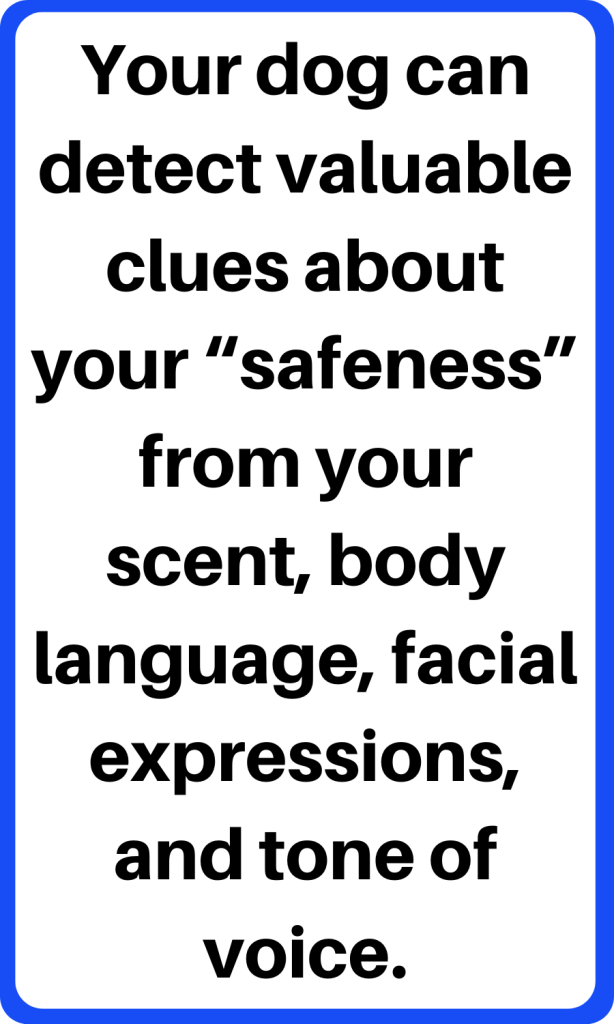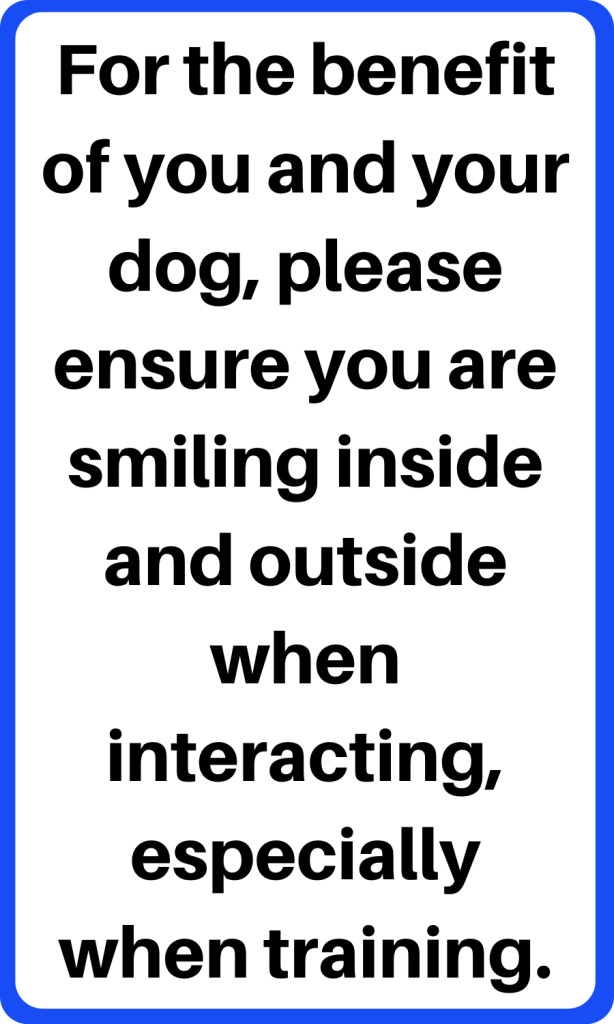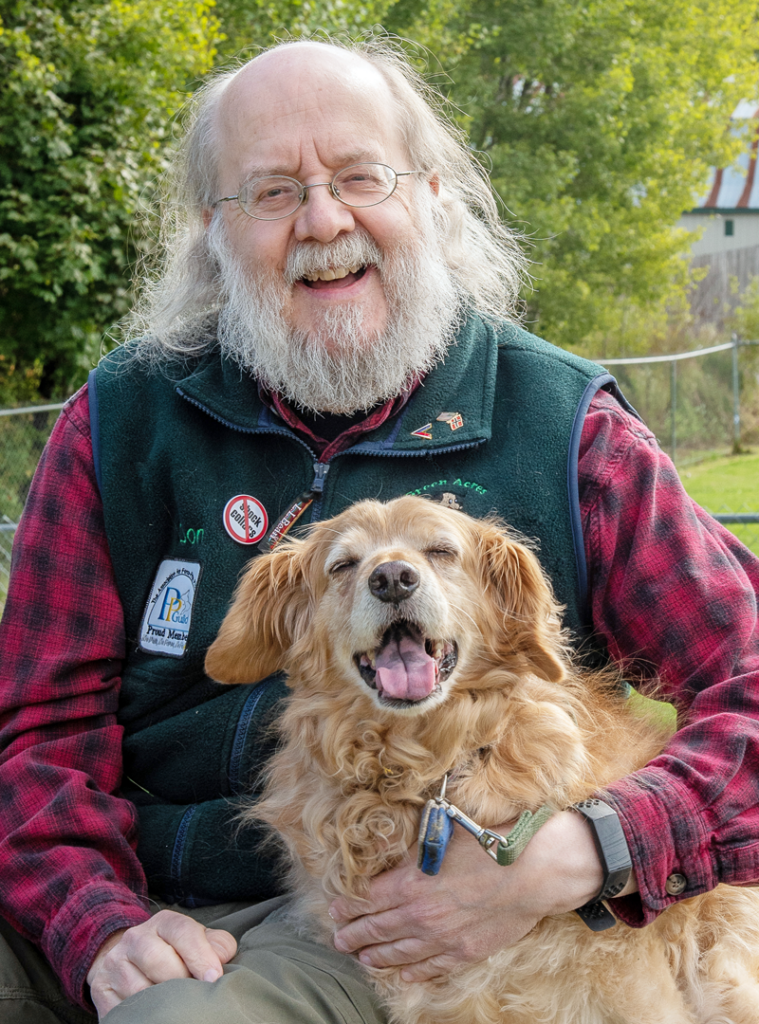Pets and Their People Blog
How Your Dog Can Tell How You’re Feeling
One of the most amazing things about dogs is how well they can read our emotions and know whether we’re happy, sad, anxious, or angry. I believe that many dogs may be able to “read” the people in their family, as well as (or better than) their closest friends can.
Your Scent, Body Language, & Tone of Voice

The date dogs started living with us is subject to continuing research, but it could be as much as 35,000 years ago. The most logical theory about domestication suggests that dogs domesticated themselves when less fearful wolves started hanging around with people because they discovered stealing food from us was safer than chasing down prey. Today, all over the world, feral dogs or village dogs with no owners live a similar life, with people feeding them but not claiming “ownership.”
To be safe living in proximity to their most dangerous predator, humans, the wolves who became dogs had to develop the ability to assess which humans were safe and which were dangerous. Their survival would depend on this ability. Your dog can detect valuable clues about your “safeness” from your scent, body language, facial expressions, and tone of voice.
Your Scent Reveals Your Emotions
Your dog’s ability to detect scent is vastly superior to ours. They can follow a scent trail searching for someone lost and use scent to detect bedbugs, narcotics, explosives, endangered species, and even cancer.
You may not realize it, but you smell differently when you are relaxed versus when you are experiencing a negative emotion such as anxiety-fear-terror or frustration-anger-rage. In humans, these emotional scents can cause anxiety, as well as affect cognition and decision-making.
A recent study determined that your dog can detect your emotional state based on your scent, and it will affect their behavior and could negatively affect their welfare. Additionally, if your dog determines you are in a negative emotional state (fearful or angry) during training, based on your scent, they may avoid you and shut down.
Body Language and Facial Expressions


Our facial expressions are an automatic response to physiological stimuli. We may not even be aware that we are smiling or frowning. However, dogs have gotten very good at looking at our faces to determine if we are safe or dangerous.
A pair of studies determined that dogs could recognize smiling faces and assess whether we are happy, sad, angry, or fearful by looking at our faces.
That’s why if you look like either of these people pictured here, you probably are also giving off an odor that says “not safe,” which gives your dog two reasons (facial expression and scent) to stay away from you. If you’re unsure what you look like when stressed, use your mobile phone to take a selfie, and you could discover why your dog- and even some people- might stay away from you at certain times.
The Tone of Your Voice
If you took a dog to a training class in the 70s or, sadly, even today, you may have been told to use a deep, gruff voice when speaking to your dog so that they will respect and obey you. However, most dog behavior and training professionals have empirically known what a recent study has confirmed. Dogs’ brains were more likely to pay attention when the speakers were women who used variations in pitch, loudness, tempo, and rhythm in their speech, in other words, like they might when talking to an infant. Guys, when I was a training student in the 1990s, I didn’t want to believe this either, but it was true! If you want your dog to respond to you, be happy and sound kind.
While not part of the study above, I think we also need to be aware of how saying certain “negative” words affects what we communicate with both our face and voice. Saying “No!” “Stop That!” and even “Leave It!” can sound harsh and mean and make our faces look scary. These correction-based words may also cause our scent to change as we go into anger, a negative emotional state.
For the benefit of you and your dog, please ensure you are smiling inside and outside when interacting, especially when training.
About the Author

Don Hanson lives in Bangor, Maine, where he is the co-owner of the Green Acres Kennel Shop and the founder of ForceFreePets.com, an online educational resource for people with dogs and cats. He is a Professional Canine Behavior Consultant (PCBC-A) accredited by the Pet Professional Accreditation Board (PPAB) and a Bach Foundation Registered Animal Practitioner (BFRAP). A Pet Professional Guild (PPG) member, Don serves on the Board of Directors and Steering Committee and chairs the Advocacy Task Force and Shock-Free Coalition. He is also a founding director of Pet Advocacy International (PIAI).
The opinions in this article are those of Don Hanson.
©2024, Donald J. Hanson, All Rights Reserved

